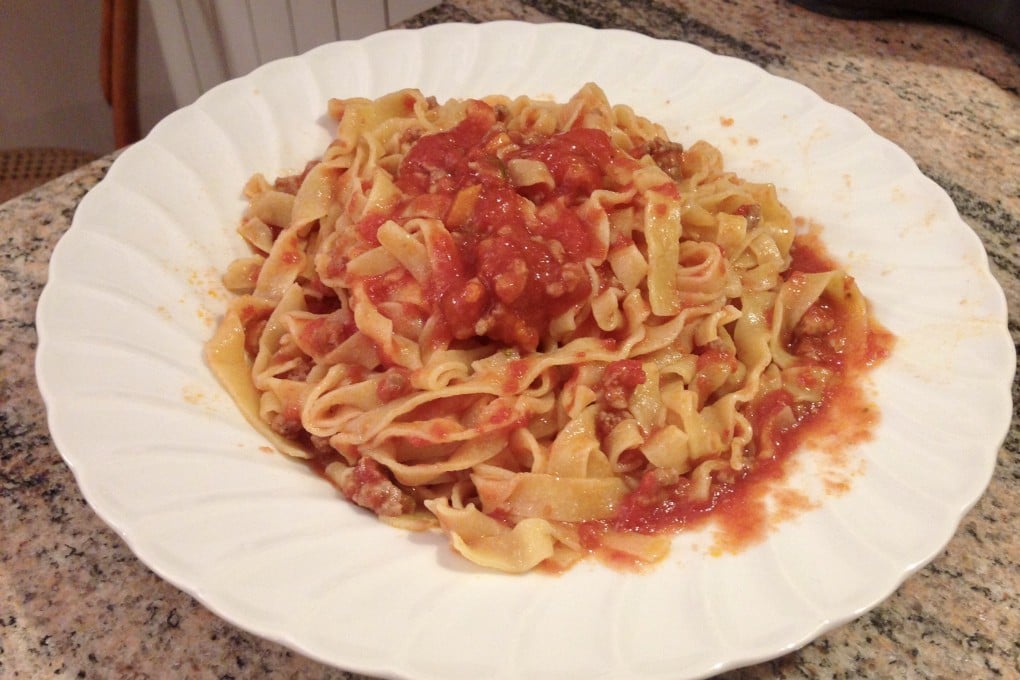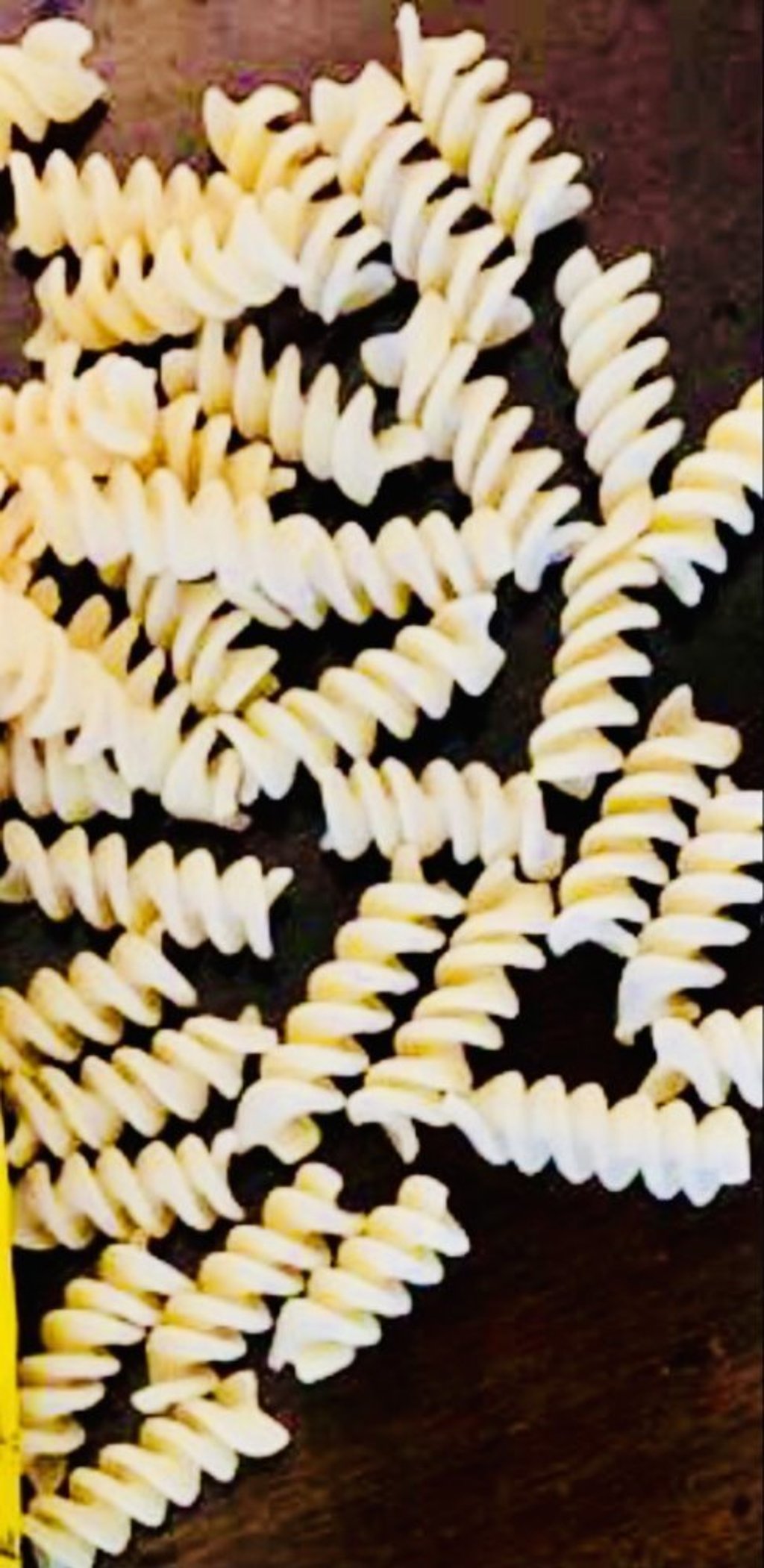Explainer | Penne, tagliatelle, linguine, tortellini, vermicelli – pasta’s myriad shapes and their colourful names
- Italy has 300 listed pasta shapes, each with variations depending on where it’s made and names of curious origin – like half sleeves and ‘slap across the face’
- Whether fresh or dried, long or short, straight or twisted, boiled or baked, the one constant is the texture of the pasta when served: always al dente

In Italy, people eat pasta on a daily basis. They never get tired of it, and not just because it tastes so good. It’s such a versatile ingredient.
There are 300 listed pasta shapes, according to Italy’s pasta lobby, the International Pasta Organisation. And each shape has dozens of variants, depending on where exactly in Italy it is made and eaten, and which sauces and toppings are used.
Pasta is a matter of territorial belonging and food identity, says chef Anna Maria Pellegrino, a member of Italy’s prestigious Academy of Cuisine and a top pasta researcher.
“Italy is divided into 20 regions and each has its mainstream pasta varieties, which come with infinite twists … Even within a single region, depending on whether you’re in the hills, in cities or on the coast, each town and village has its own signature variant of one pasta type. It’s nearly impossible to keep track of all of them.”

Pasta reflects the richness of Italian cooking traditions and recipes. If you add the variety of dried pasta and fresh pasta made with eggs – the one grannies in many families still make by hand each Sunday for lunch – and the pasta map becomes even more complex, adds Pellegrino.
While it is hard to fully classify pasta categories based on regions, as many varieties are cross-regional, it can be said that there are a few subcategories.
